
Free
Foundation
Yayoi Kusama: DANCING LIGHTS THAT FLEW UP TO THE UNIVERSE
July 6 → January 15, 2023
In celebration of its 15th anniversary, the PHI Foundation for Contemporary Art is pleased to present an exhibition by Yayoi Kusama
Theme: Avant-garde
Yayoi Kusama has been a devoted working artist since her early twenties. Her first solo exhibition was in Japan seventy years ago and featured over 200 of her artworks. When Kusama moved to New York City in the late 1950s, she quickly became a fixture in the contemporary art scene and developed a multidisciplinary practice, eventually cementing herself as one of the most influential artists of our time.
This timeline highlights some of Kusama’s groundbreaking avant-garde creations and places them in context with major artistic movements of the time. The first half focuses on her time in New York City (1950s-1970s) where she debuts several series of paintings, sculptures, installations, and performances. The second half represents her more recent artworks across different mediums, which she explored upon returning to Japan and moving to Tokyo (late 1970s-present). This period is notable for her literary pursuits, new painting series, as well as her grand, sculptural, and immersive installations.
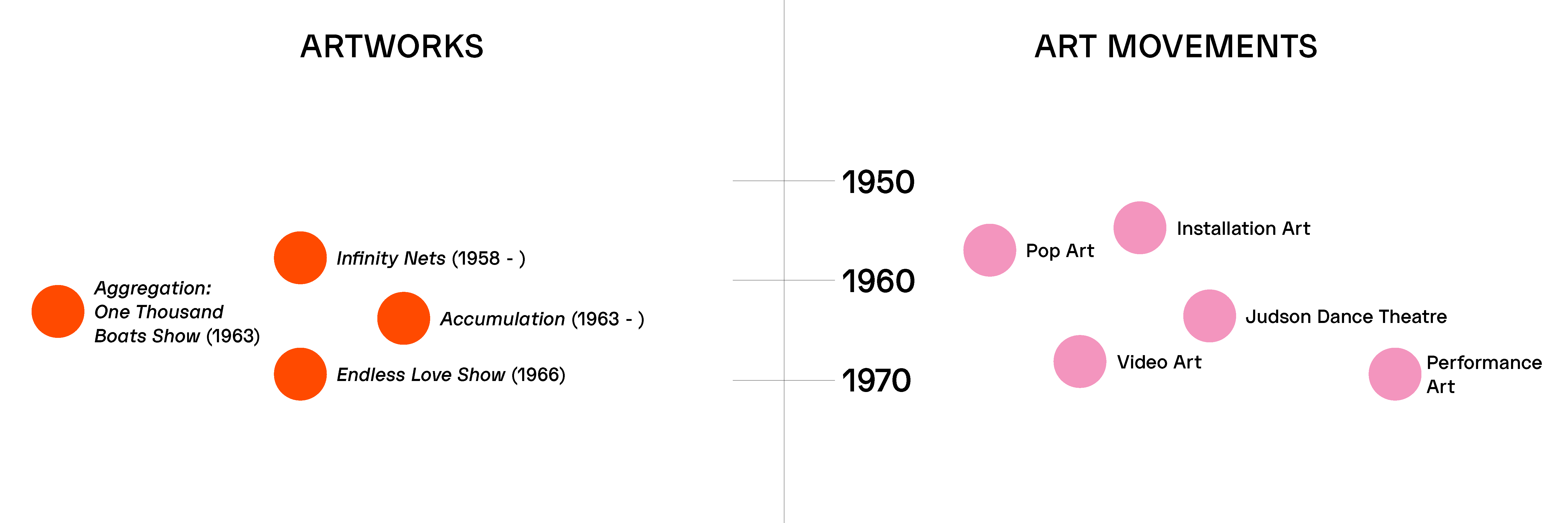
All images are courtesy of Yayoi Kusama Inc. unless otherwise stated.
1950s
Pop Art
The Pop Art movement emerged in the United States and the United Kingdom in the 1950s, reaching its apex in global popularity in the 1960s and 1970s. Artists appropriated the artifacts and imagery of popular culture and integrated these into their artworks. Pop Art was also characterized by the use of humour, and vibrant, primary colours, which we see across Kusama’s work, including in her many paintings, sculptures, and polka-dots patterns.
1957 and ++
Installation Art
Installation art, also referred to as ‘environments,’ emerged during the late 1950s in New York. This medium allowed artists to expand upon and experiment with the idea of traditional sculpture. Often composed of multiple interrelated elements, installations invite the spectators to move and become fully immersed in the artwork, through the body and its senses. Kusama became an environmental sculptor as early as 1963 with her artwork Aggregation: One Thousand Boats Show. Since then, she has continued to push the boundaries of installation art.
Early 1960s
Judson Dance Theater
Choreographers, visual artists, composers, and filmmakers all experimented at the Judson Memorial Church in New York’s Greenwich Village to present performances that redefined the movements that could be understood as dance. Moving away from technique and theatricality, they incorporated everyday movements and improvisation into their dances. Yayoi Kusama’s various poses in her artwork of the 50s and 60s present affinities with this movement.
1960s
Video Art
Korean-American artist Nam June Paik is often credited as the founder of the Video Art movement of the 1960s. The movement employed video technology or moving images, to construct artworks in the form of broadcasts, videotapes, projections, and more. Videotape technology became more affordable during this period and, therefore, more accessible to a wider range of consumers. The film Kusama’s Self-Obliteration (1967) documents her performance in this new medium, thereby providing haunting afterlives for her Happening performances, which continue to reach new audiences today.
1970s
Performance Art
While artists have been working with performance for a long time before, this artistic movement arose in the 1970s to catalogue the ways in which contemporary artists were using the body, gestures, and movements to create ephemeral artworks that often aimed to engage with social conventions, politics, and culture. In the 1960s, Kusama was well known for her performances including a series of Happenings across New York to call attention to political issues, including her pacifist stance against the war in Vietnam.
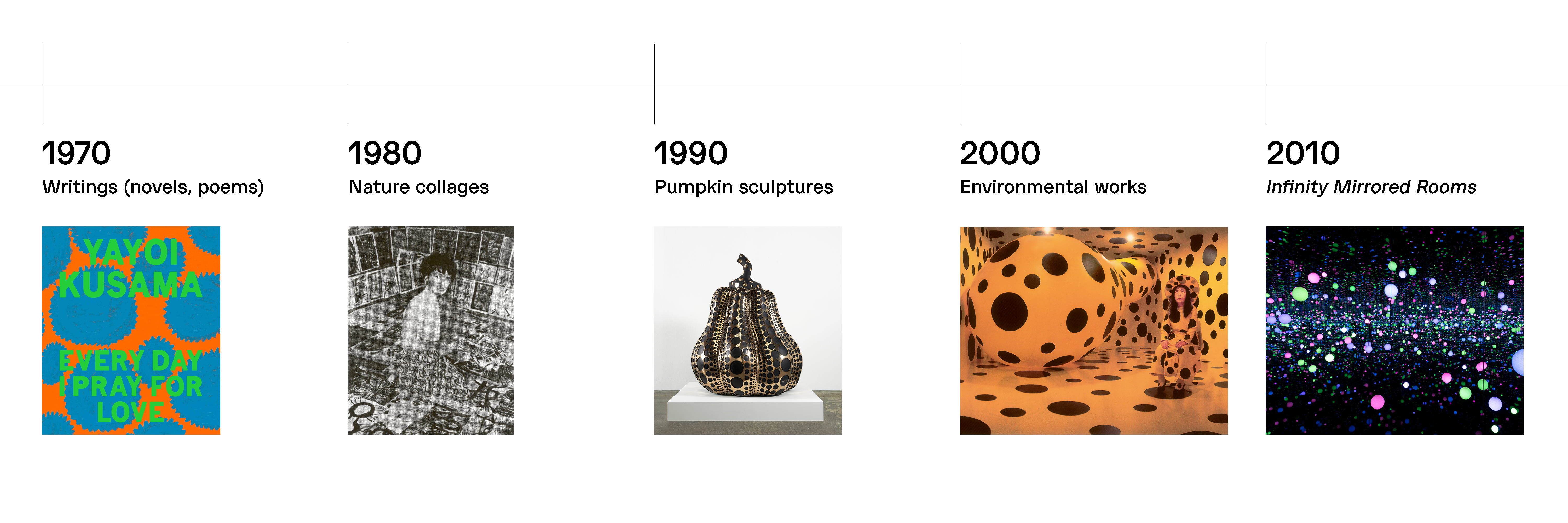
2010s
Infinity Mirrored Rooms and Social Media
Some contemporary artists today work with different modern technology as their medium, such as the Internet, virtual reality and social media. Kusama’s Infinity Mirrored Rooms (1965—) are so fascinating that they are massively shared on social media platforms by viewers. Through these installations, Kusama offers a world of ephemerality, motion, and impermanence that is compelling both in reality and virtually.
2020s
Ecology
Some ecological movements, such as Ecofeminism and the Rights of Nature movement, are advocating for an alternative relationship to nature by decentering the idea of humans as superior to the non-human world (plants, animals, minerals and so on) in favour of a reciprocal, equal, and spiritual relationship. Ahead of her time, Kusama has always understood the natural world in this way, and her art expresses that.
This timeline strives to situate Kusama’s current practice and her over 70-year career as a professional artist within social and artistic movements as they have emerged throughout time. Continuously at the forefront of exploring and reworking new themes, ideas, and mediums, and with no signs of slowing down, Kusama has deservedly cemented herself in the canon of great avant-garde artists.
Movements: Yayoi Kusama is a tool designed by the PHI Foundation’s Department of Education to encourage visitors to develop and elaborate on some key concepts of the exhibition Yayoi Kusama: DANCING LIGHTS THAT FLEW UP TO THE UNIVERSE.
Authors
Prakash Krishnan
Prakash Krishnan is a researcher and cultural worker in the fields of digital media, contemporary art, archives, and accessibility. He completed a master’s degree in Media Studies at Concordia University in 2021 and has penned a number of essays, articles, and reviews for international publications. Prakash is an educator and project manager at the PHI Foundation and works with various local organizations, artist-run centres, and collectives on cultural mediation programming and accessibility.
Marie-Hélène Lemaire
Marie-Hélène Lemaire is Head of Education at the PHI Foundation for Contemporary Art. She has over twenty years of experience as a museum educator for contemporary art in various galleries and museums, such as the Musée d’art contemporain de Montréal and the Leonard and Bina Ellen Art Gallery. She holds an M.A. in Museum Studies at UQÀM (Université du Québec à Montréal), as well as a Ph.D. in Communications Studies at Concordia University that focuses on developing a movement-based pedagogy for guided group visits in contemporary art exhibitions. Using a feminist pedagogy of embodiment, new materialist and poetic inquiry approaches, she aims to privilege and validate sensorial, sensuous and affective engagements with contemporary art. She has published in The Journal of Museum Education (2021), the Canadian Review of Art Education (2021), and Muséologies (2018). She also nurtures a poetic writing practice for developing, facilitating, and interpreting curricula for guided visits, as well as to express her own personal aesthetic engagements. She is committed to epistemic justice in the arts.

Free
Foundation
In celebration of its 15th anniversary, the PHI Foundation for Contemporary Art is pleased to present an exhibition by Yayoi Kusama

Free
Foundation
In celebration of its 15th anniversary, the PHI Foundation for Contemporary Art is pleased to present an exhibition by Yayoi Kusama
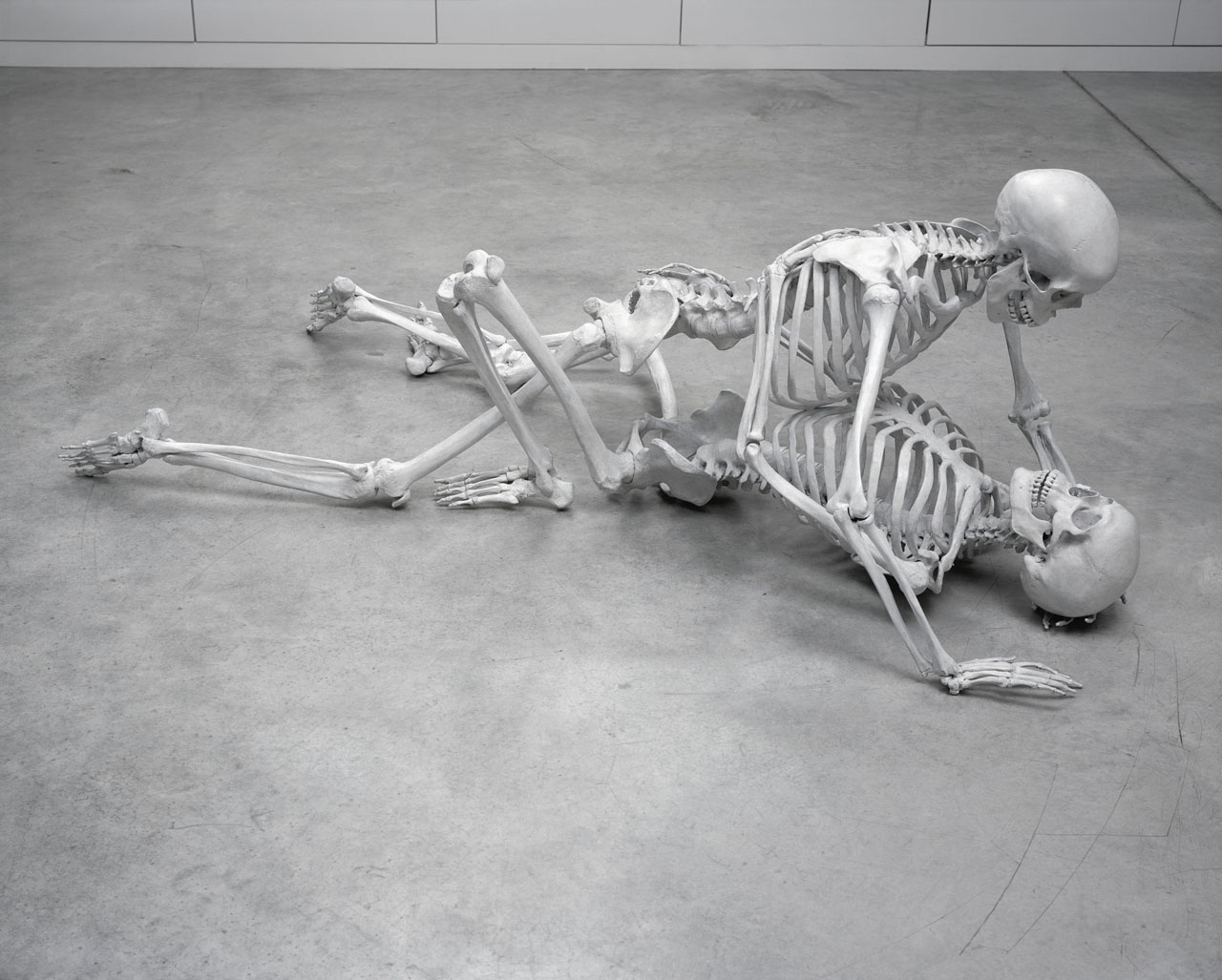
Foundation
Gathering over forty recent works, DHC/ART’s inaugural exhibition by conceptual artist Marc Quinn is the largest ever mounted in North America and the artist’s first solo show in Canada
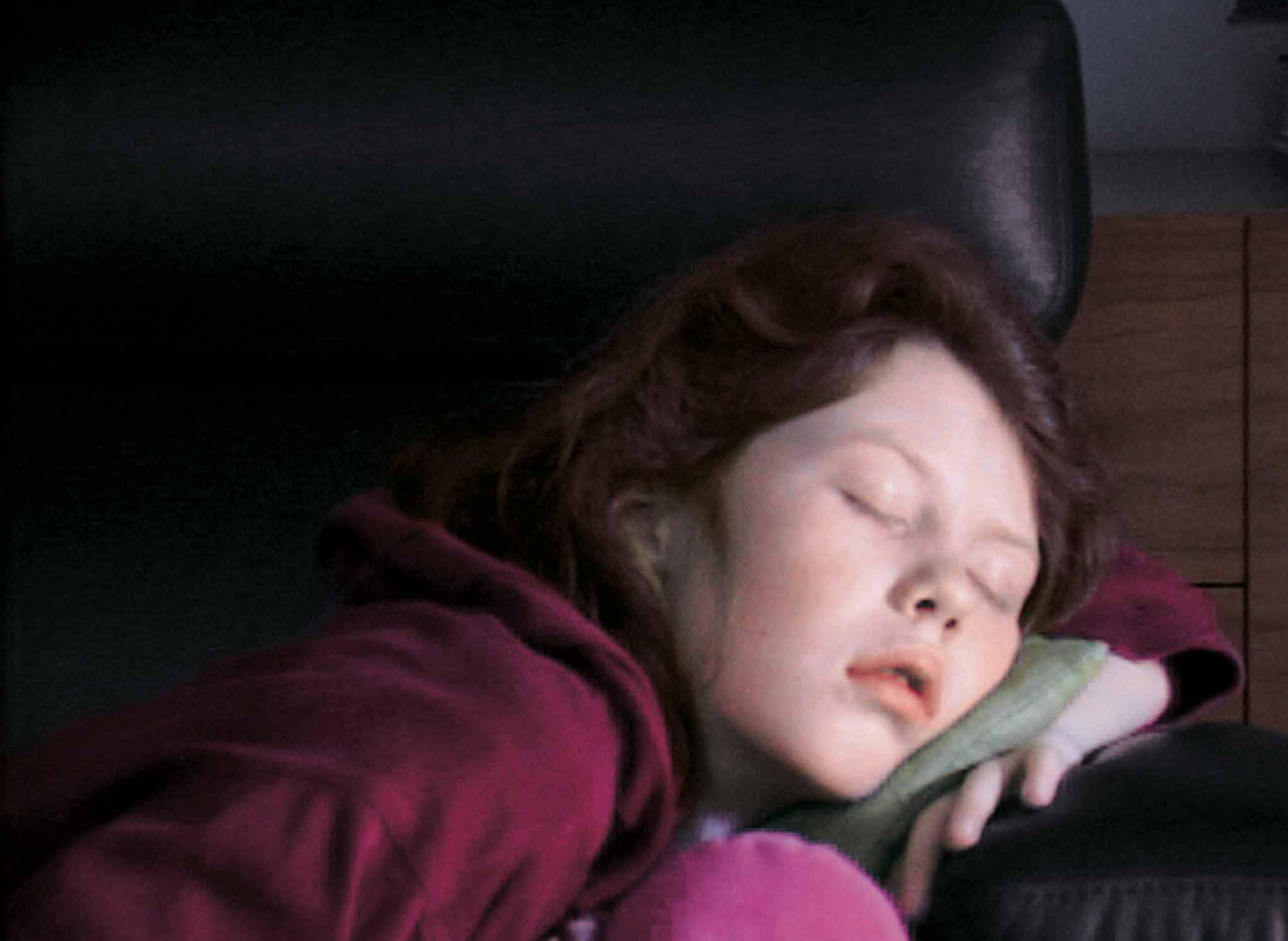
Foundation
Six artists present works that in some way critically re-stage films, media spectacles, popular culture and, in one case, private moments of daily life
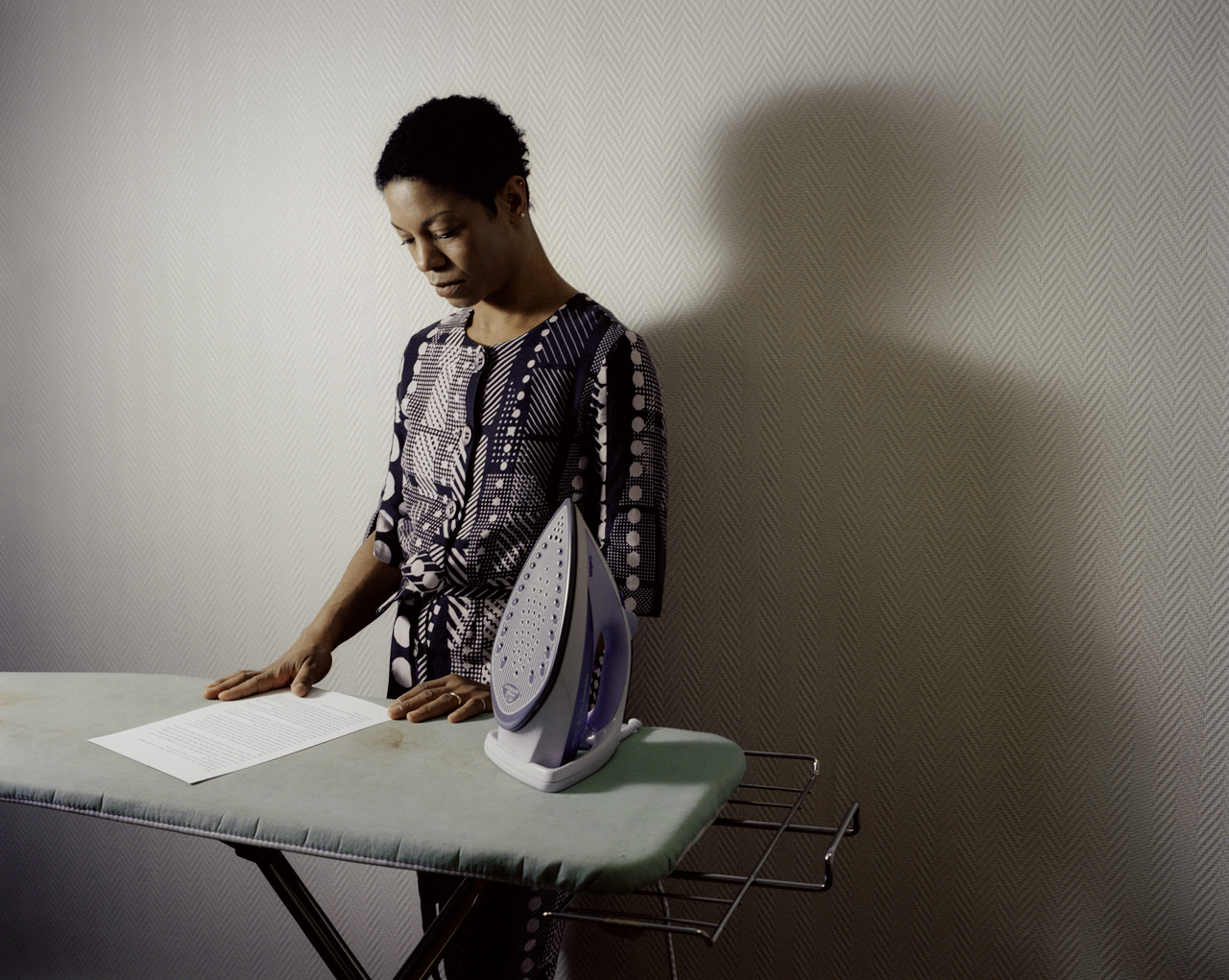
Foundation
This poetic and often touching project speaks to us all about our relation to the loved one
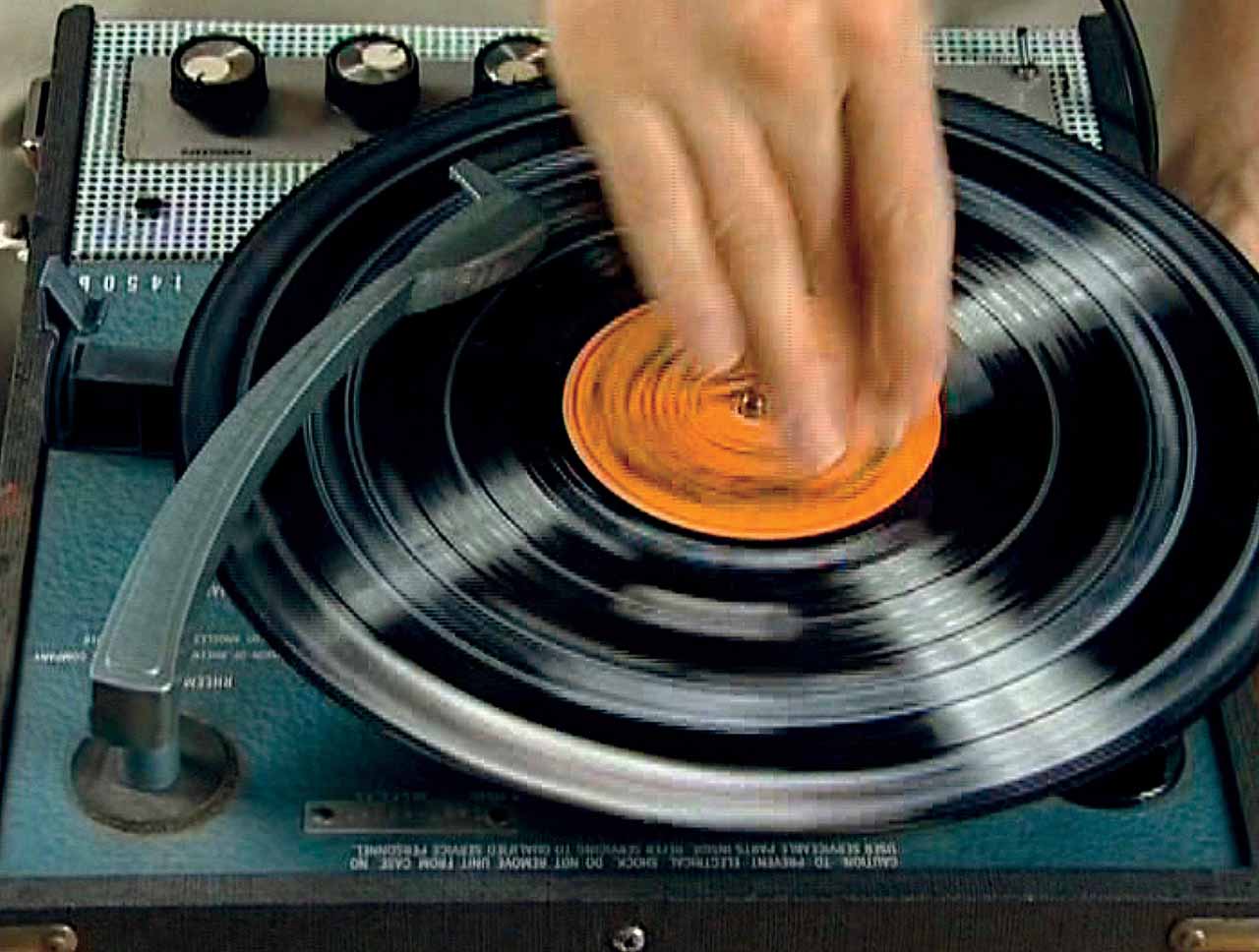
Foundation
DHC/ART Foundation for Contemporary Art is pleased to present the North American premiere of Christian Marclay’s Replay, a major exhibition gathering works in video by the internationally acclaimed artist
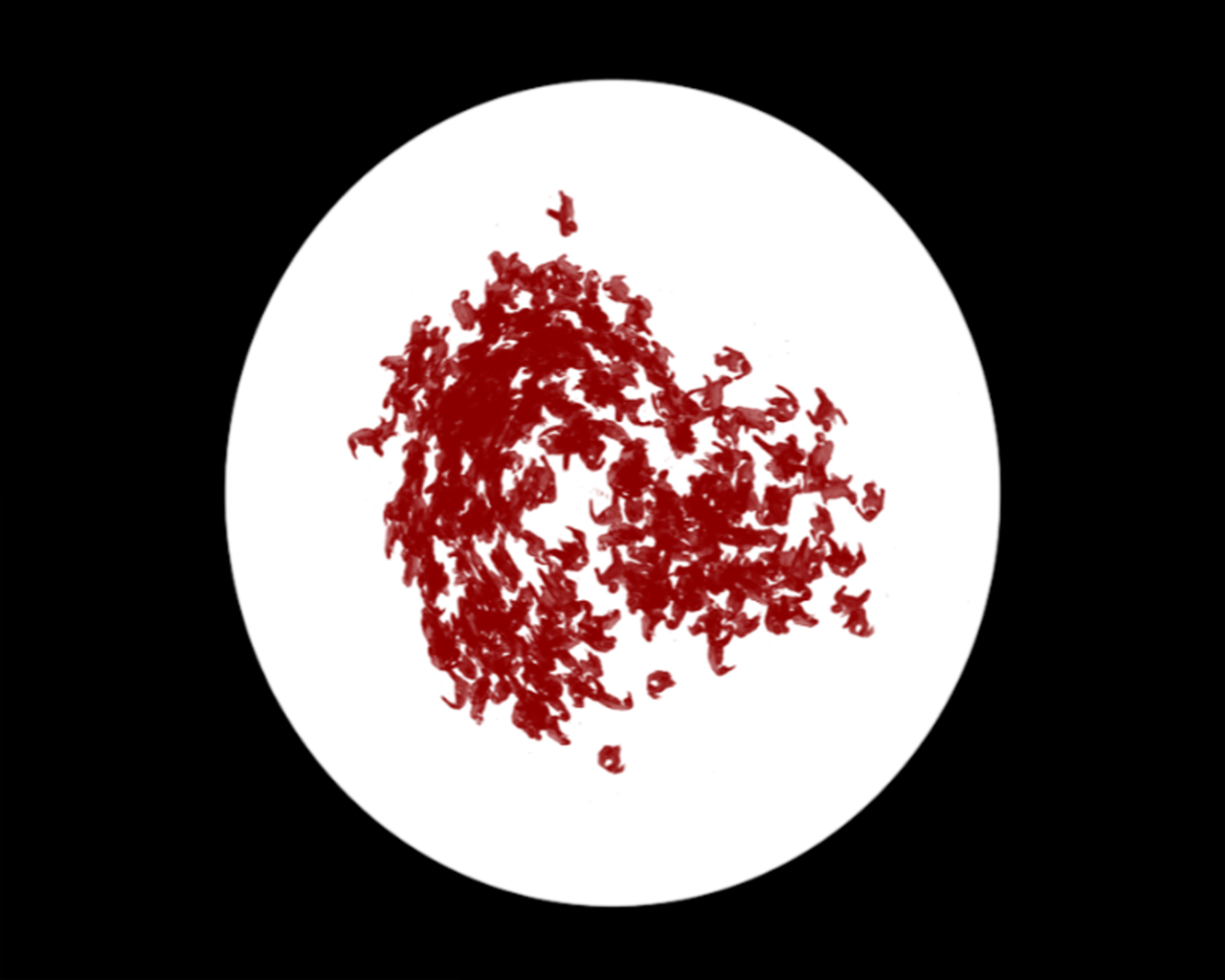
Foundation
DHC/ART is pleased to present Particles of Reality, the first solo exhibition in Canada of the celebrated Israeli artist Michal Rovner, who divides her time between New York City and a farm in Israel
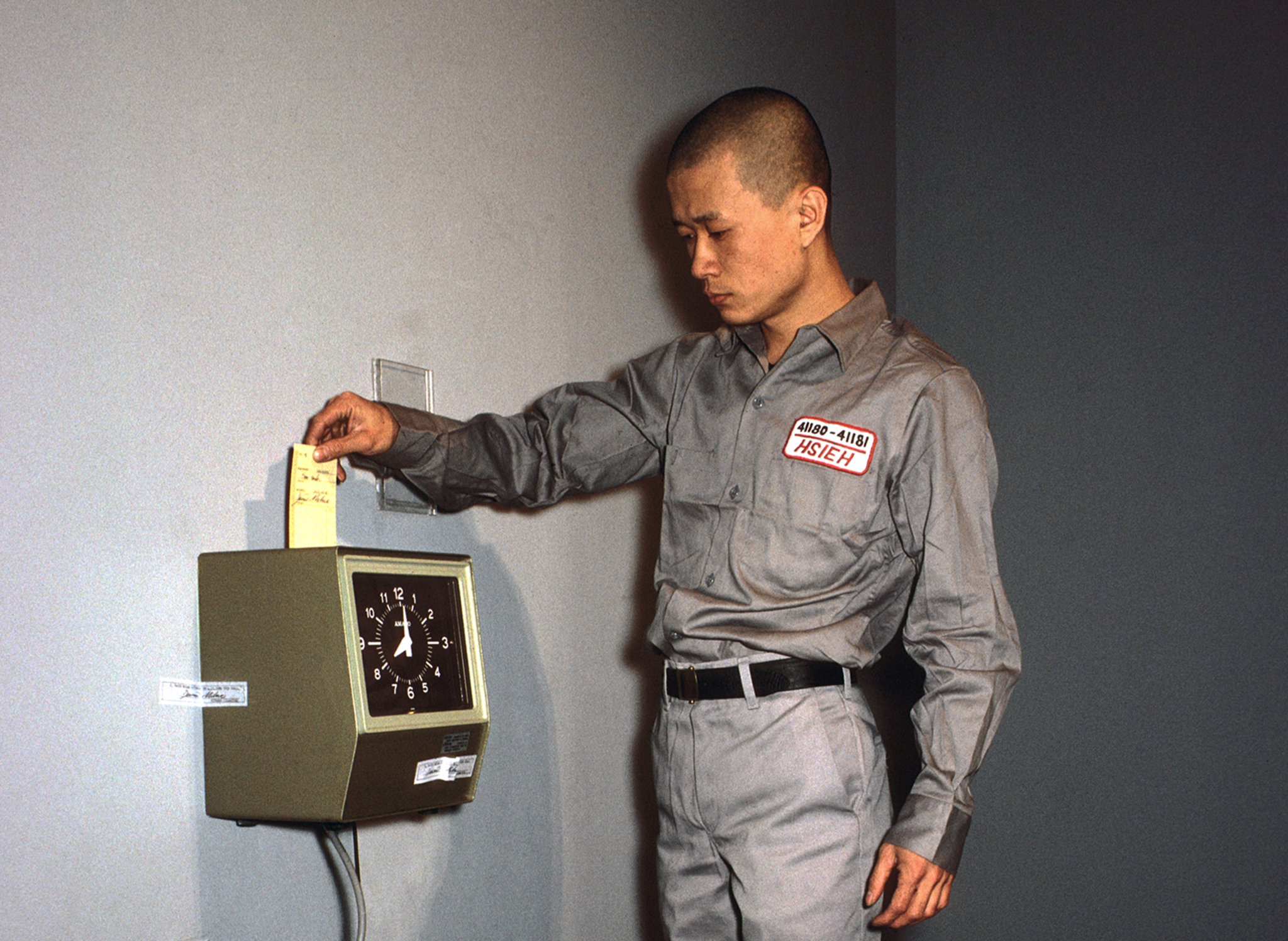
Foundation
The inaugural DHC Session exhibition, Living Time, brings together selected documentation of renowned Taiwanese-American performance artist Tehching Hsieh’s One Year Performances and the films of young Dutch artist, Guido van der Werve
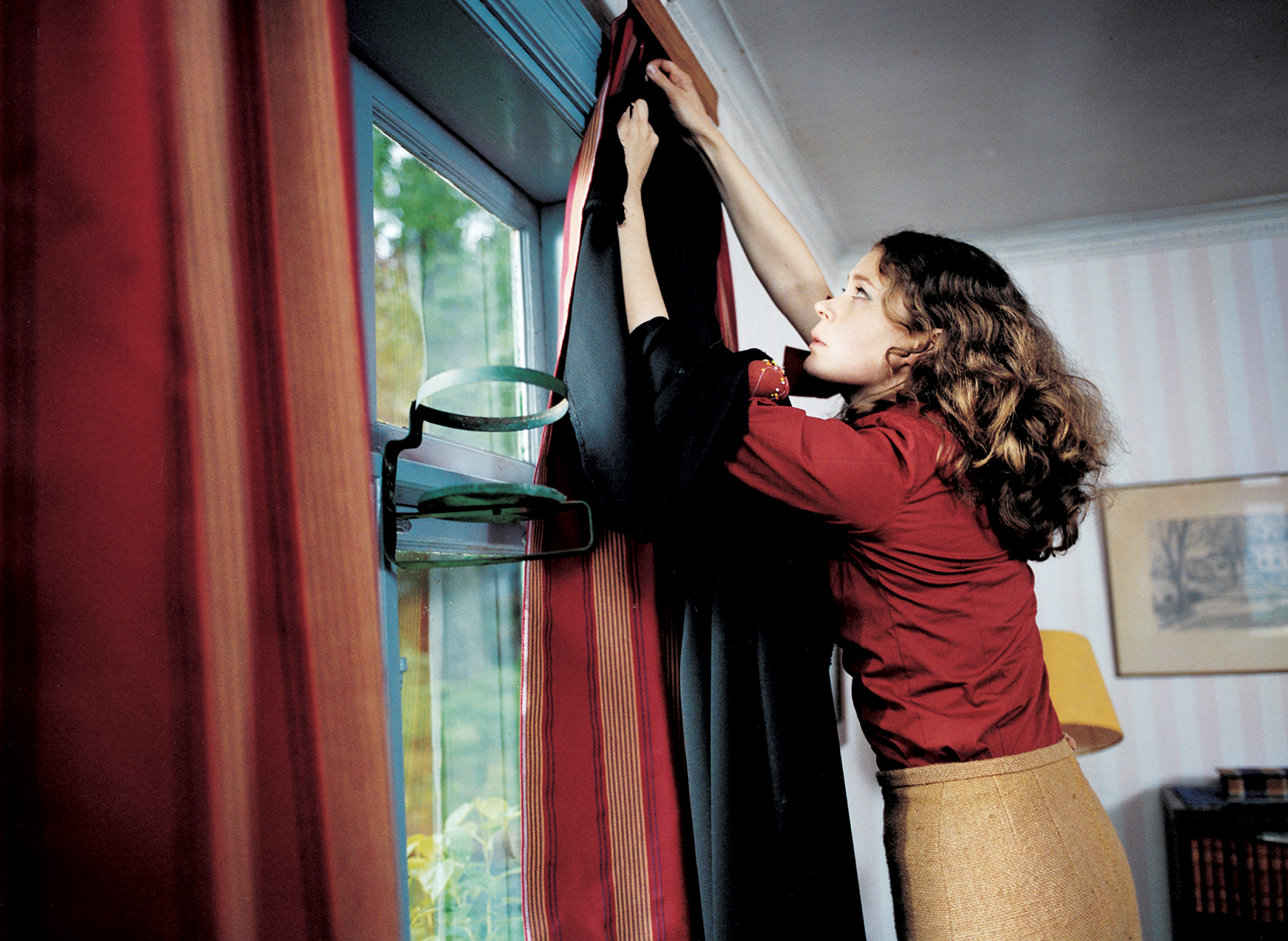
Foundation
Eija-Liisa Ahtila’s film installations experiment with narrative storytelling, creating extraordinary tales out of ordinary human experiences
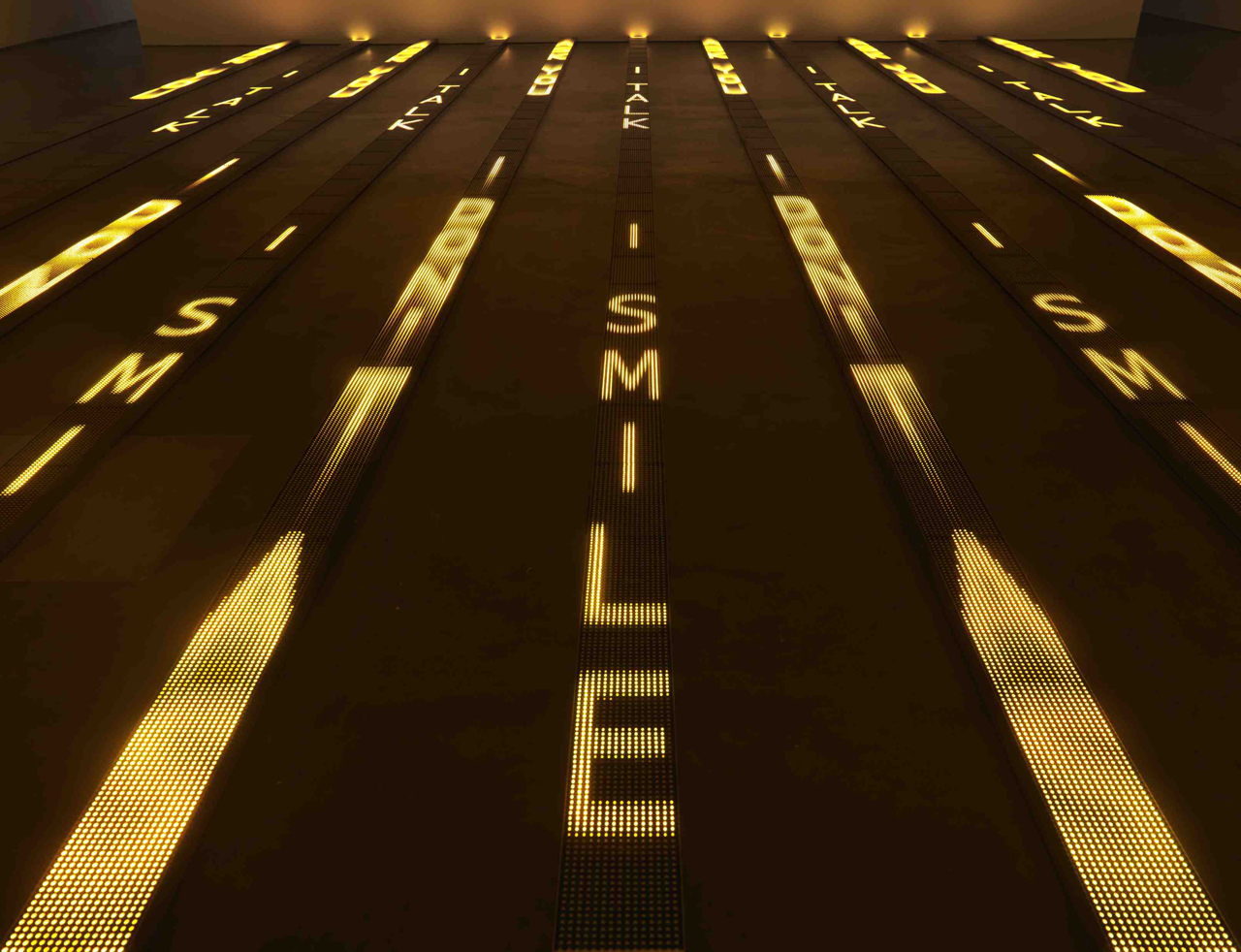
Foundation
For more than thirty years, Jenny Holzer’s work has paired text and installation to examine personal and social realities